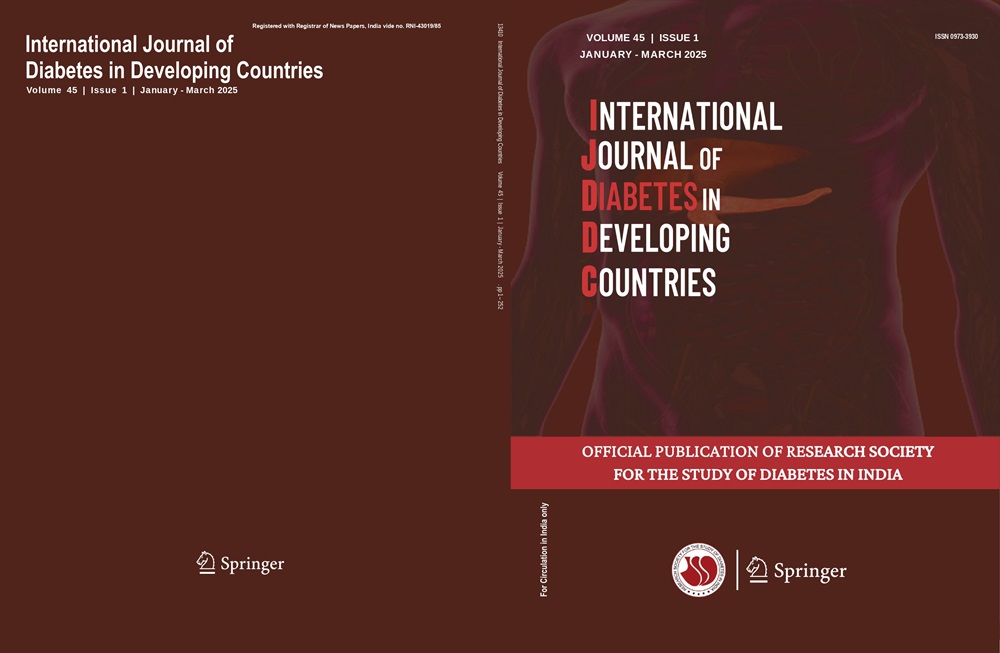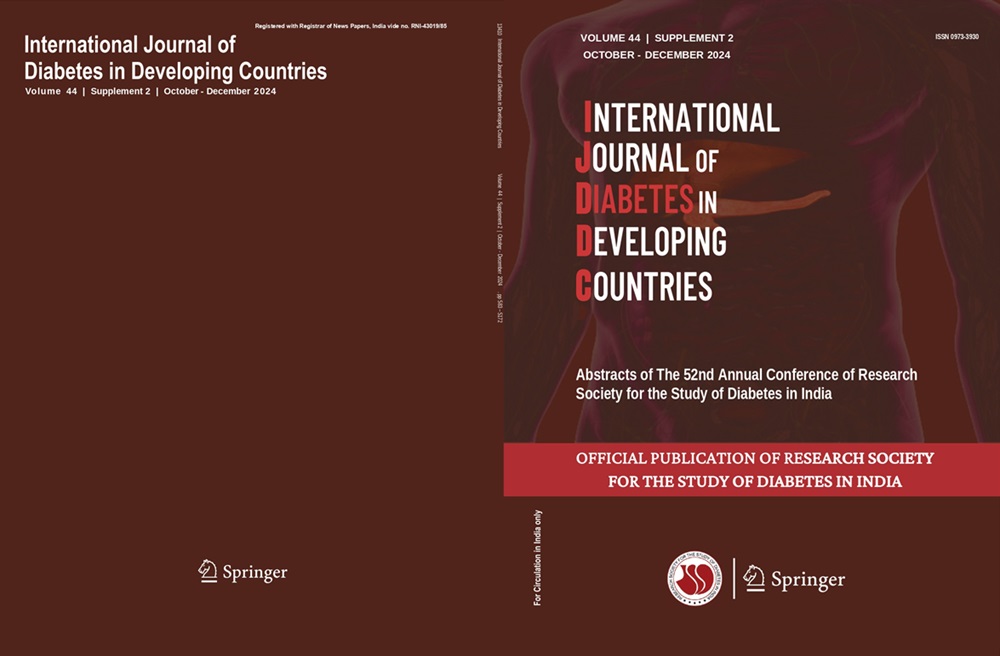Min Lin, Haohua Wang, Yanli Qian
Keywords
Dapagliflozin • Intensive insulin therapy • -cell function • Type 2 diabetes mellitus
Abstract
Purpose This study was aimed to evaluate the effect of dapagliflozin as add-on medication to short-term intensive insulin therapy on β-cell function in newly diagnosed type 2 diabetes mellitus (T2DM) patients.
Methods Sixty participants were recruited and randomized to receive either multiple daily insulin injections alone (MDI group), receiving pre-meal insulin aspart and insulin glargine at bedtime, or in combination with dapagliflozin 10 mg per day (MDI+DAPA group). Data was collected at baseline (d0), 14 days after reaching euglycemia (D14), and at the 12-week visit (W12). Fasting C-peptide concentration, areas under the curve (AUC) for C-peptide (CP) and insulin (INS), homeostasis model assessment (HOMA) indices, early insulin secretion index (EISI), and glycemic control were compared before and after treatment.
Results The two groups achieved euglycemia in similar time. Daily average insulin dosage in the MDI+DAPA group (0.27 ± 0.12 U/kg·day, n = 28) was lower than that in the MDI group (0.36 ± 0.22 U/kg·day, n = 29) (p = 0.050). HbA1c and plasma glucose were significantly decreased after treatment but of no significant difference between the two groups. Proportions of patients who achieved HbA1c ≤ 6.5% were similar (58.6% in the MDI group vs. 53.6% in the MDI+DAPA group, p = 0.701). Fasting C-peptide elevated after treatment but were comparable in the two groups. Both groups obtained similar improvements of AUC-CP, AUC-INS, HOMA-β, EISI, and HOMA-IR.
Conclusion Dapagliflozin as add-on could reduce daily insulin dosage, but bring no additive effect in improving β-cell function for newly diagnosed T2DM patients receiving intensive insulin therapy. Trial registration The study was approved by the Chinese Clinical Trial Registry (ChiCTR.org.cn: ChiCTR1800015822).




